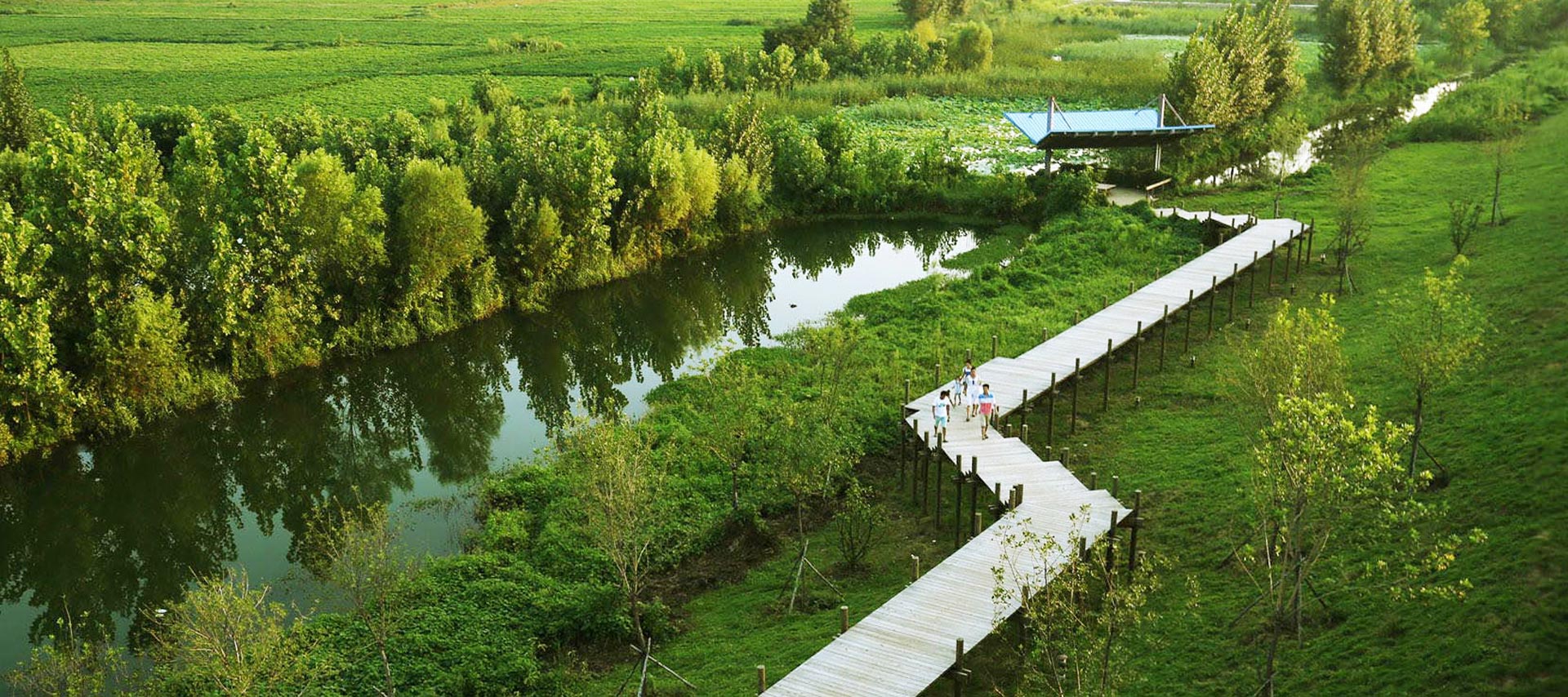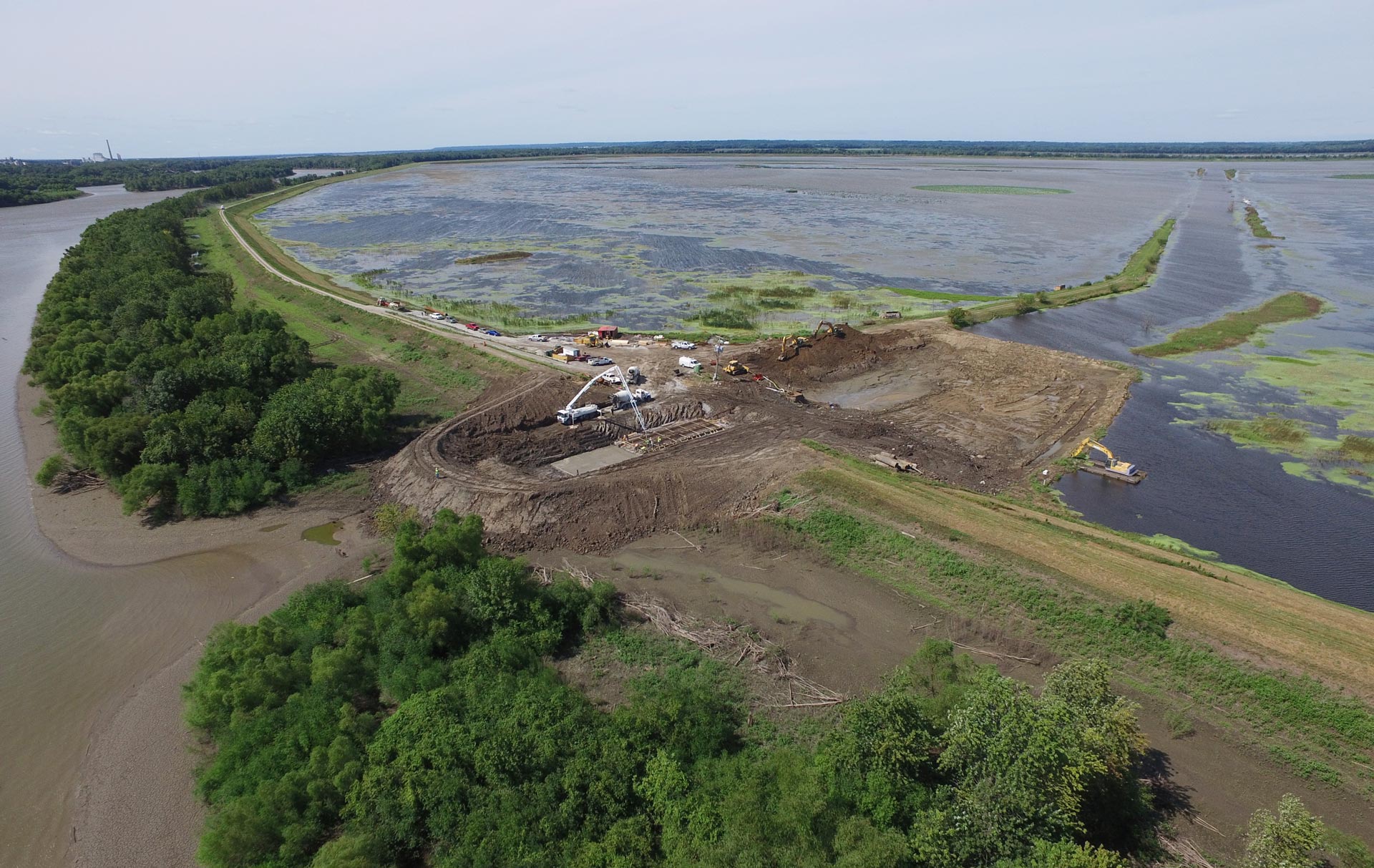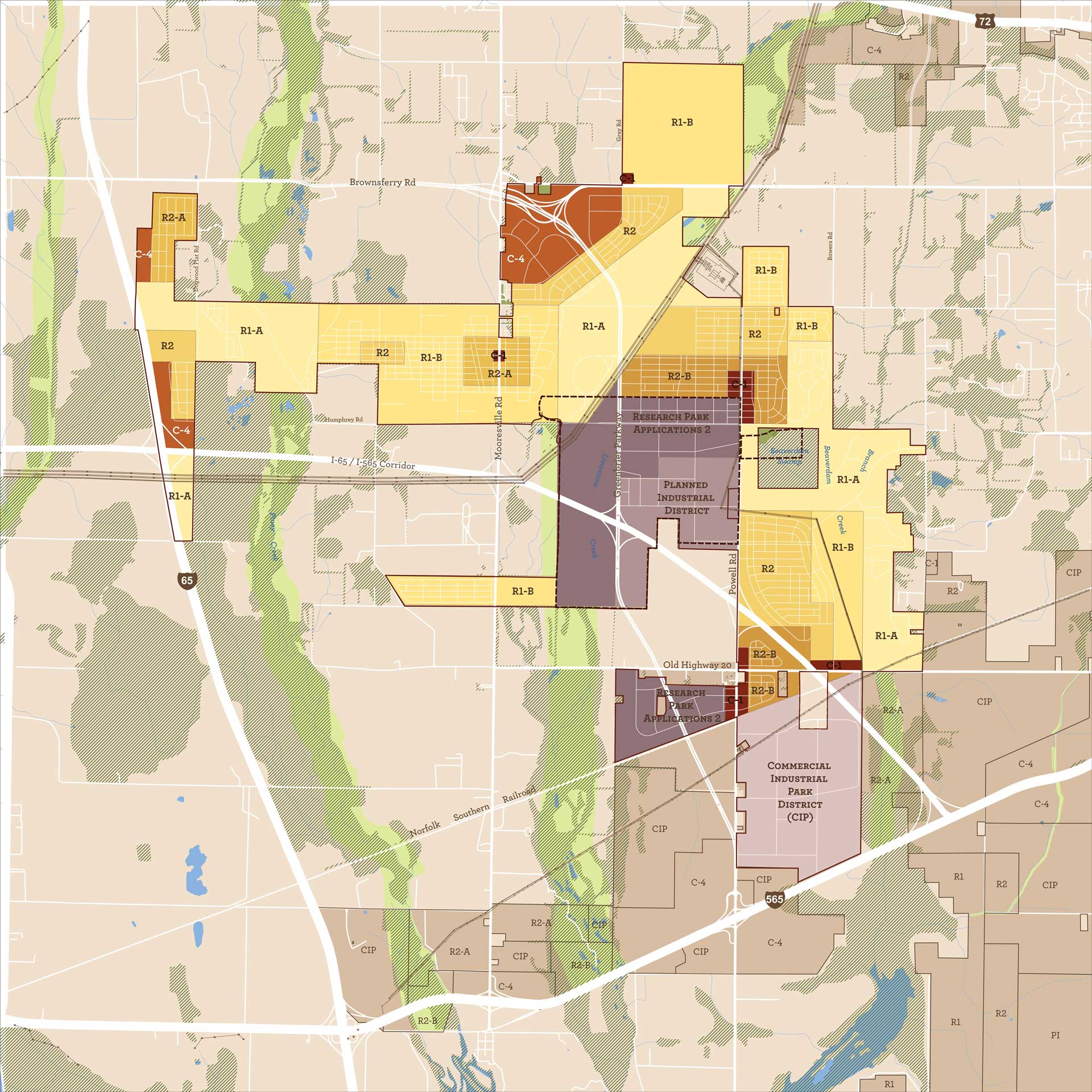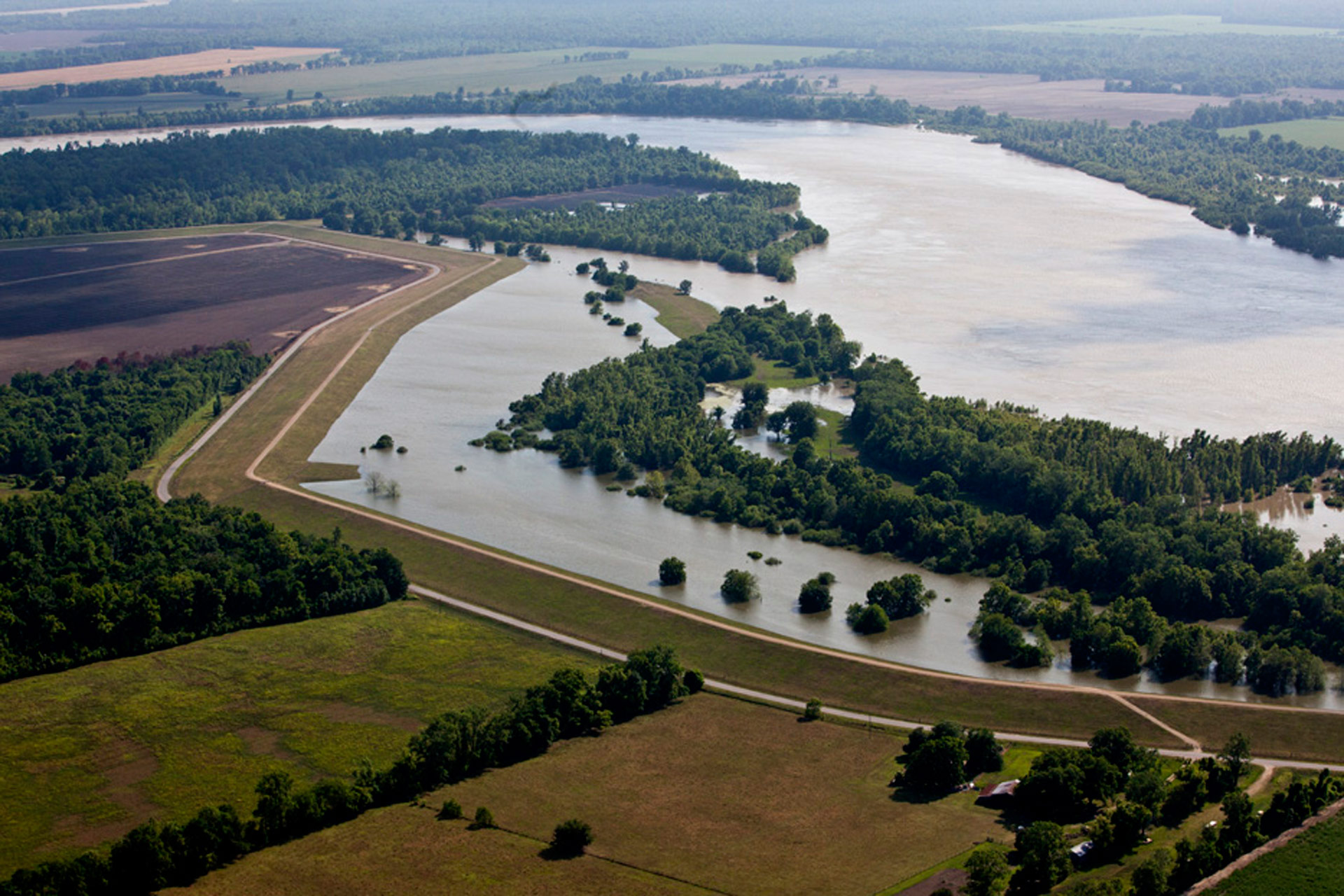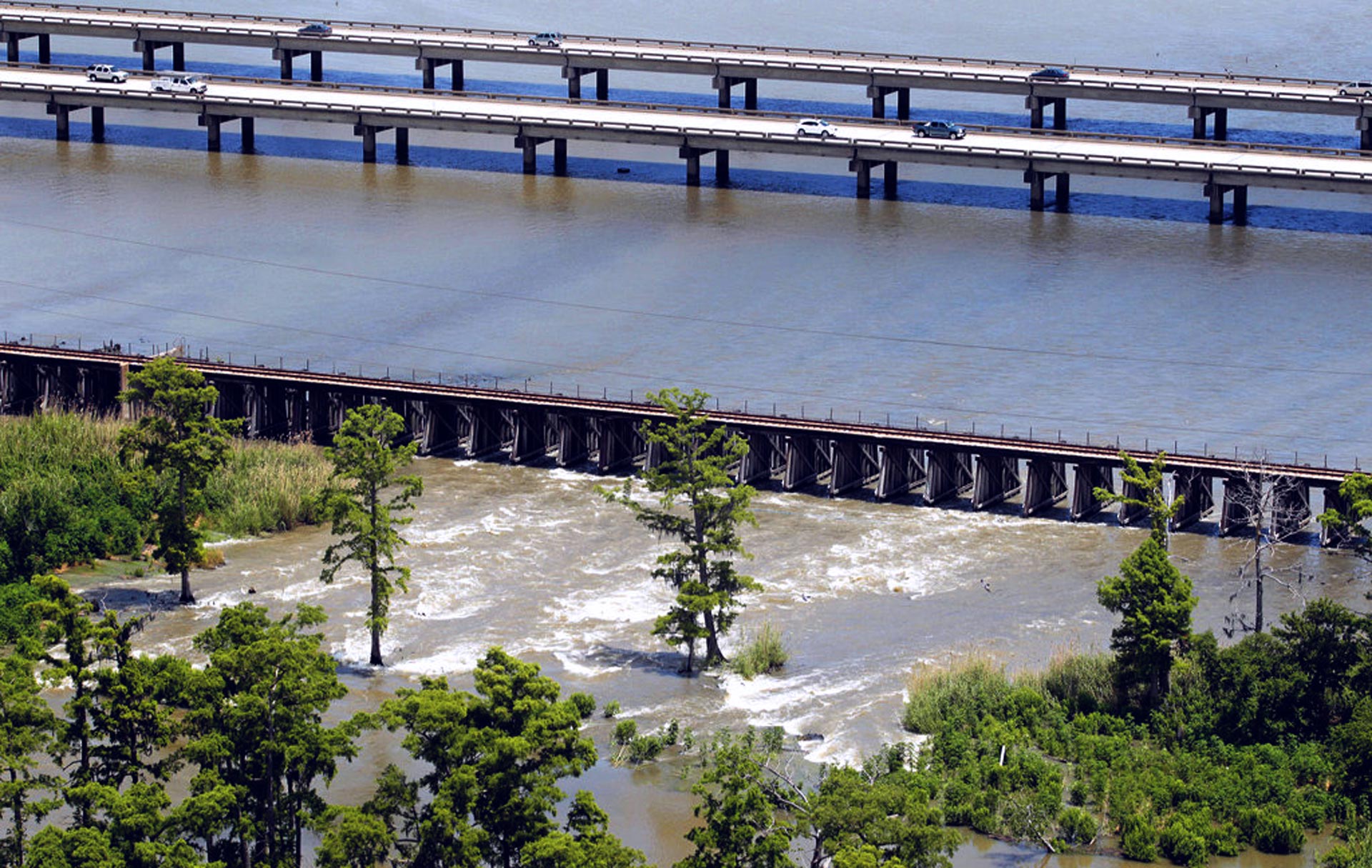Scheldt Estuary, Hedwige and Prospect Polders, Netherlands and Belgium
Challenge: The frequency of extreme sea levels has increased over the last 150 years along the Belgian coast. In 1976, a massive storm caused the Scheldt River to over top its banks and flood more than 800 ha and around 900 houses. Prior to this event, in 1953, more than 1800 lives were lost during a devastating storm that affected both the coasts of the Netherlands (Zeeland) and Belgium (Vlaanderen). The event produced immense social and economic impacts including drowning of cattle, destruction of farms and displacement of families. After these events, a new flood risk management strategy was needed to guarantee the safety of the population and to mitigate the impacts of flooding on economic development.
Project Details
- Location: Belgium and the Netherlands
- Population: 2.7 million
- Strategies: Depoldering, Managed realignment
- Cost: € 40,000,000 to € 49,300,000
- Benefits: Flood reduction, Water + air quality improvement, Formation of breeding islands, Recreation, Biodiversity restoration
Overview/History: Considering the impacts of the major storms in 1953 and 1976, the Dutch and the Belgian governments launched strategies to address flooding. In 1960, the Delta Program was introduced in the Netherlands, while in 1977 the Sigma Plan was established in Belgium to address flooding in the Scheldt River region. The plan aims to protect an area of 20,000 hectares with the development of various projects that will all be concluded by 2030. The approach uses both green and grey solutions, including the strengthening and heightening of levees and several natural flood control zones. Furthermore, the Sigma Plan is also delivering greener recreational areas and targeting the development of local economies in order to capture wider benefits from the interventions. The plan was revised in 2005 to incorporate new scientific developments to achieve greater environmental conservation outcomes.
Solution: The depoldering of Hedwige and Prosper is one of the projects of the Sigma Plan, taking place at the border between Belgium (170 ha) and the Netherlands (295 ha). The term depoldering refers to the construction of a new dyke further inland behind a pre-existing dyke. The latter is then removed to create a depoldered area, which creates a natural flood control area. It provides additional space to the Scheldt River, an estuary with tidal fluctuations, to accommodate excess water during storm events, which reduces the probability of flooding upstream. In the Netherlands side, the previous flood protection structure is set to be removed, while on the Belgium coast the levee will be breached during the project execution. In addition, a wide canal will be excavated along the new ring levee and a pumping station will serve as a backup during extreme rainfall events.
On the Belgian coast, the previous dykes were removed in 2014 and a new protection to safeguard a low-lying residential settlement near the former polders was constructed in 2015. In the Dutch side of the project, the construction of the new protection further inland is still ongoing (as of 2021). The alteration of the position of the previous defences may be defined as a hybrid solution because it combines a green strategy to provide flood allowance while it also incorporates other traditional protection. To enhance the environmental benefits of the project, the project is progressively creating new intertidal habitats which will be enhanced by the digging of creeks in the polders.
Funding/Financing: The total cost of the project estimated was 40 -49.3 million Euros (as per the cost-benefit analysis, developed by the Dutch Government). Most of the costs were paid for by the Belgian government as part of the Sigma Plan, including the construction costs, while the remaining costs were covered by the Dutch government under the Delta Program (e.g., assessment of alternatives and support to agriculture after project implementation).
Benefits: The main benefits of the project are to reduce flooding while also restoring biodiversity. Although the project is still on-going, the cost-benefit analysis identified early on a variety of co-benefits associated with the project implementation. Ecological benefits are derived from the restoration of an important tidally influenced coastal landscape lost a long time ago, but new islands formed in the area have provided key breeding grounds for birds. Other benefits include water quality enhancement, reduction of pesticide application, and air quality improvement.
References:
Flood Risk Analysis for the River Scheldt Estuary. Source: http://www.floodsite.net/html/partner_area/project_docs/T25_06_01_Scheldt_risk_analysis_D25_1_v1_0_P01.pdf:
Changing North Sea storm surge climate: An increasing hazard? Source: https://www.sciencedirect.com/science/article/pii/S0964569111001451
About the Sigma Plan. Source: https://www.sigmaplan.be/en/about-the-sigmaplan/
Structure of the Population. Source: https://statbel.fgov.be/en/themes/population/structure-population
A transboundary depoldered area for flood protection and nature: Hedwige and Prosper Polders. Source: https://climate-adapt.eea.europa.eu/metadata/case-studies/a-transboundary-depoldered-area-for-flood-protection-and-nature-hedwige-and-prosper-polders
Hedwige Prosper Project. Source: https://www.sigmaplan.be/en/projects/hedwige-prosper-project/subprojects/hedwige-prosper-project/
Interactive Map of the Hedwige Prosper Project. Source: https://www.sigmaplan.be/en/projects/hedwige-prosper-project/subprojects/hedwige-prosper-project/interactive-map/
Depoldering as a tool to absorb storm surge floods. Source: https://climate-adapt.eea.europa.eu/metadata/case-studies/a-transboundary-depoldered-area-for-flood-protection-and-nature-hedwige-and-prosper-polders/11260173.png/view
